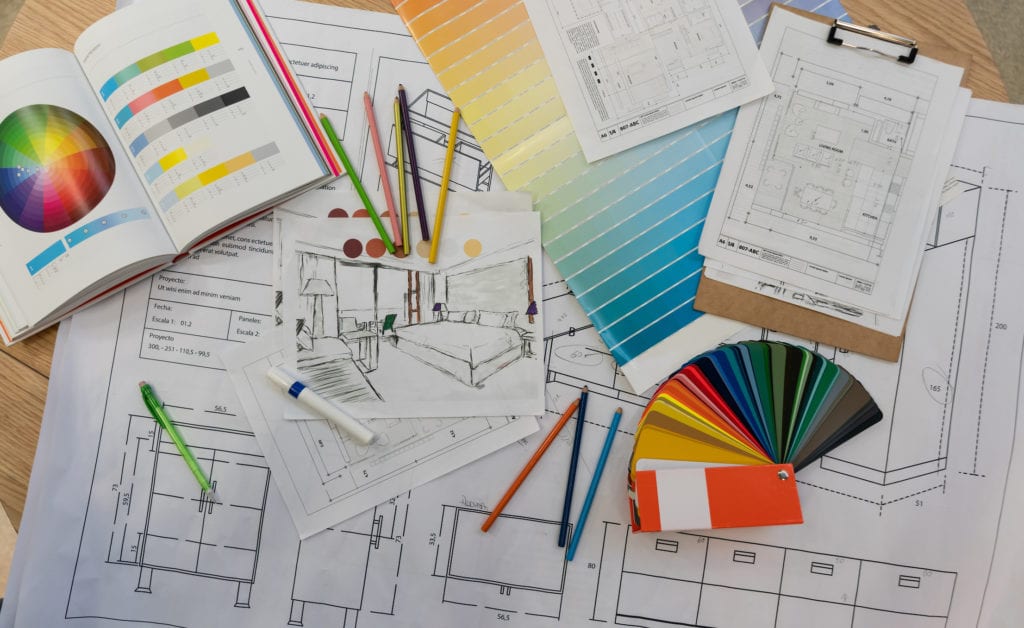Over the years, I’ve seen electricity bills skyrocket and the increased reliance on the grid. Heck, even with my background as an industrial mechanic, the costs of running household gadgets and appliances keep biting my pockets. Thankfully, I’ve found ways to counteract that through green energy solutions.
Enter the world of DIY solar power generators. You might be wondering, “Brian, are you out of your mind? Solar energy setups are expensive and require professionals!” But I’m here to bust those myths. You don’t need to be a tech guru or break the bank to harvest the sun’s energy. In fact, you can set up your own solar power generator within a day, and the rewards are beyond gratifying.

Content
The Benefits of Solar Power Generators
There’s a long list of advantages that come with using solar energy. To name a few:
- Cost-Saving: Once set up, solar power significantly reduces monthly electricity bills.
- Environmental Impact: Solar energy is clean, reducing the carbon footprint.
- Self-reliance: No more dependence on grid electricity, especially during blackouts.
If these benefits tickle your fancy, then read on. I’ve got a comprehensive magnifier engine review that’s your ticket to slashing your electricity costs.
Steps to Create Your Solar Power Generator
1. Gather Your Materials
You’d be surprised that most of the materials required are probably lying around your garage or can be obtained from local hardware stores. Here’s a brief list:
- Solar Panels
- Inverter
- Battery
- Charge Controller
- Wires and Connectors
- Mounting Hardware
2. Choose the Right Spot
Positioning your solar panels correctly is crucial. A location with maximum sunlight throughout the day is ideal. Usually, rooftops or open grounds work best.
3. Set Up the Solar Panels
Mount your solar panels using the hardware. Make sure they’re secure and tilted at an angle that captures the most sunlight.
4. Connect the System
This is the fun part – wiring. Connect the solar panels to the charge controller. The charge controller then connects to the battery, which is linked to the inverter. Ensure all connections are tight and insulated to avoid any energy loss.
5. Test and Monitor
Before you pat yourself on the back, test your setup. If everything’s working fine, you’ll see the battery charging during the day.
Remember: Maintenance is key. Regularly clean the solar panels and check connections to ensure optimal performance.
Wrap-Up
Solar energy is not just the future; it’s the now. And the best part is, you don’t need to be an expert to tap into this resource. For those curious about how our ancestors managed energy during blackouts, you might find this article intriguing. Furthermore, if you’re keen on other green energy sources, here’s a detailed guide that will walk you through creating your own green energy source.
Go ahead, take the leap, and empower yourself with a sustainable and cost-effective energy solution. You’ve got the tools, the guide, and my hearty encouragement!
Expanding Solar Potential Beyond Home Use
Solar energy has more to offer than just home electricity. With technological advancements, solar energy is now powering vehicles, streetlights, and even entire communities. Imagine driving an electric car that’s charged solely by the sun or walking in a park lit up by solar-powered lights. The potential is vast and expands way beyond our rooftops.
Financial Incentives and Solar Energy
It’s not just about saving on electricity bills. Many governments around the world are offering tax incentives and grants to those who shift to solar energy. This not only reduces the initial setup cost but also promotes sustainable practices. Over time, these financial incentives can accumulate into significant savings, making the return on investment even more attractive. It’s worth checking with local authorities or energy departments to see what benefits you might be eligible for.
A Move Towards a Greener Future
Switching to solar energy isn’t just a personal gain; it’s a step towards a more sustainable future for the entire planet. As more people adopt solar energy, the overall demand on fossil fuels decreases. This reduction in demand has a ripple effect – reduced carbon emissions, decreased pollution, and a lesser strain on our planet’s resources. Every solar panel installed contributes to a brighter, greener future, making it a movement everyone should consider joining.

I am Scott Miller and my love is writing about home improvement. I write mostly about home ideas, but also share some tips and tricks that can make your life easier when it comes to getting things done in the house.
